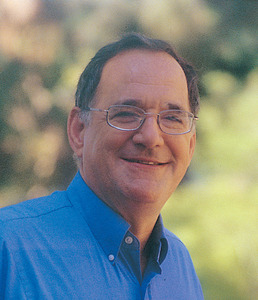


We investigated the interaction of electrons possessing well-defined energy, with monolayers of single- and double-stranded DNA oligomers adsorbed on a gold surface. By methodically varying the bases in the oligomers, the effect of the base sequence on the interaction with electrons could be determined as well as the difference between single and double strands. Furthermore, the binding energy of the captured electrons and their location could also be determined. We observed cooperative effects of the bases on electron capturing. Namely the capturing probability of electrons is not simply the sum of the capturing probabilities of each base. Spin selective electron capturing has been found that suggest new role of electrons' spin in the interaction of electrons with biomolecules and open the possibility to utilize DNA as an efficient spin filter.



We investigated the interaction of electrons possessing well-defined energy, with monolayers of single- and double-stranded DNA oligomers adsorbed on a gold surface. By methodically varying the bases in the oligomers, the effect of the base sequence on the interaction with electrons could be determined as well as the difference between single and double strands. Furthermore, the binding energy of the captured electrons and their location could also be determined. We observed cooperative effects of the bases on electron capturing. Namely the capturing probability of electrons is not simply the sum of the capturing probabilities of each base. Spin selective electron capturing has been found that suggest new role of electrons' spin in the interaction of electrons with biomolecules and open the possibility to utilize DNA as an efficient spin filter.